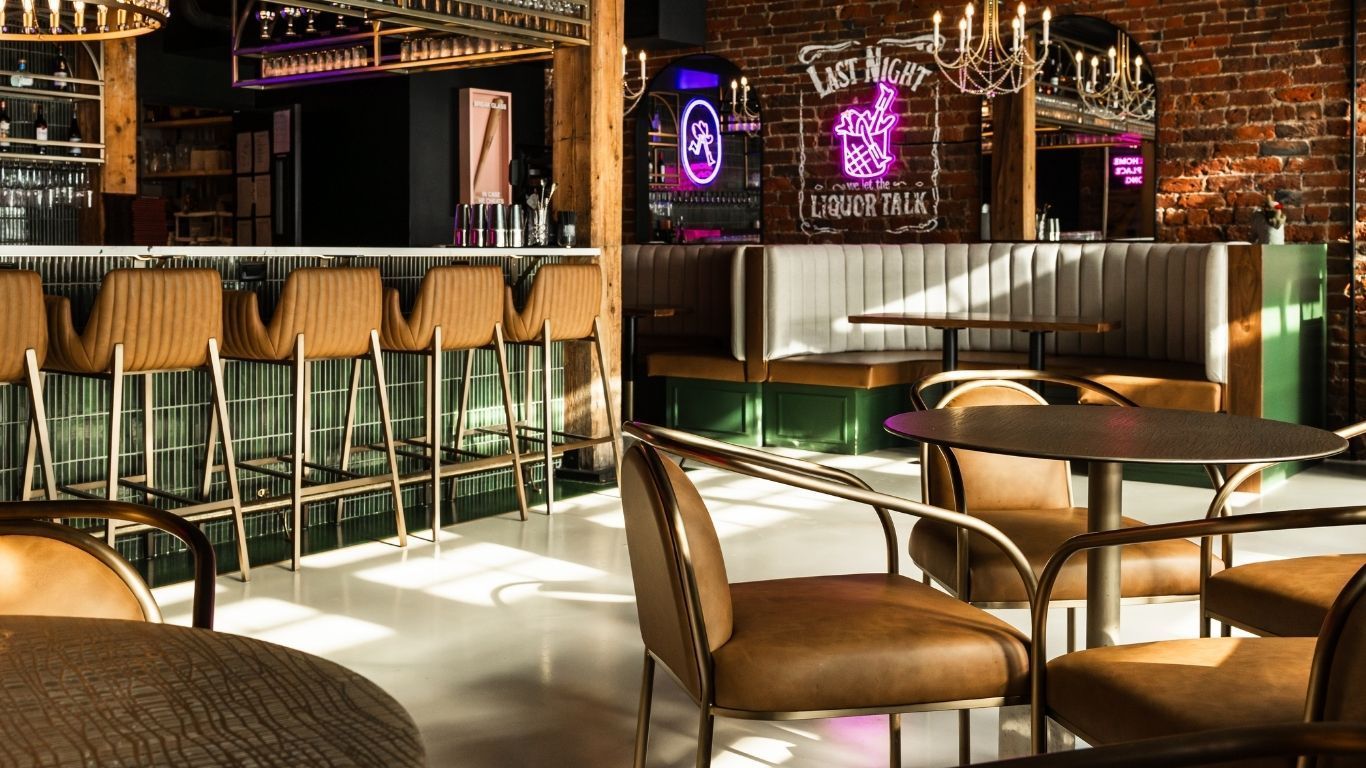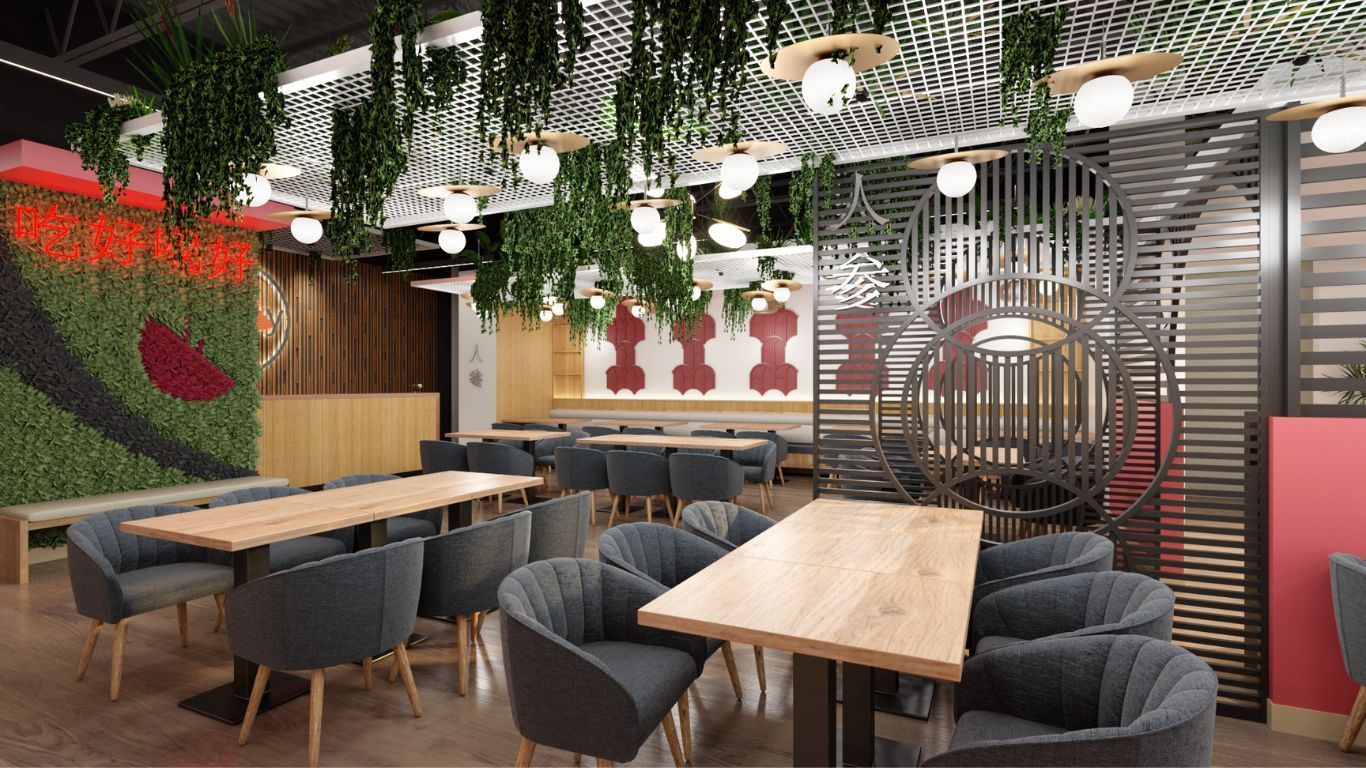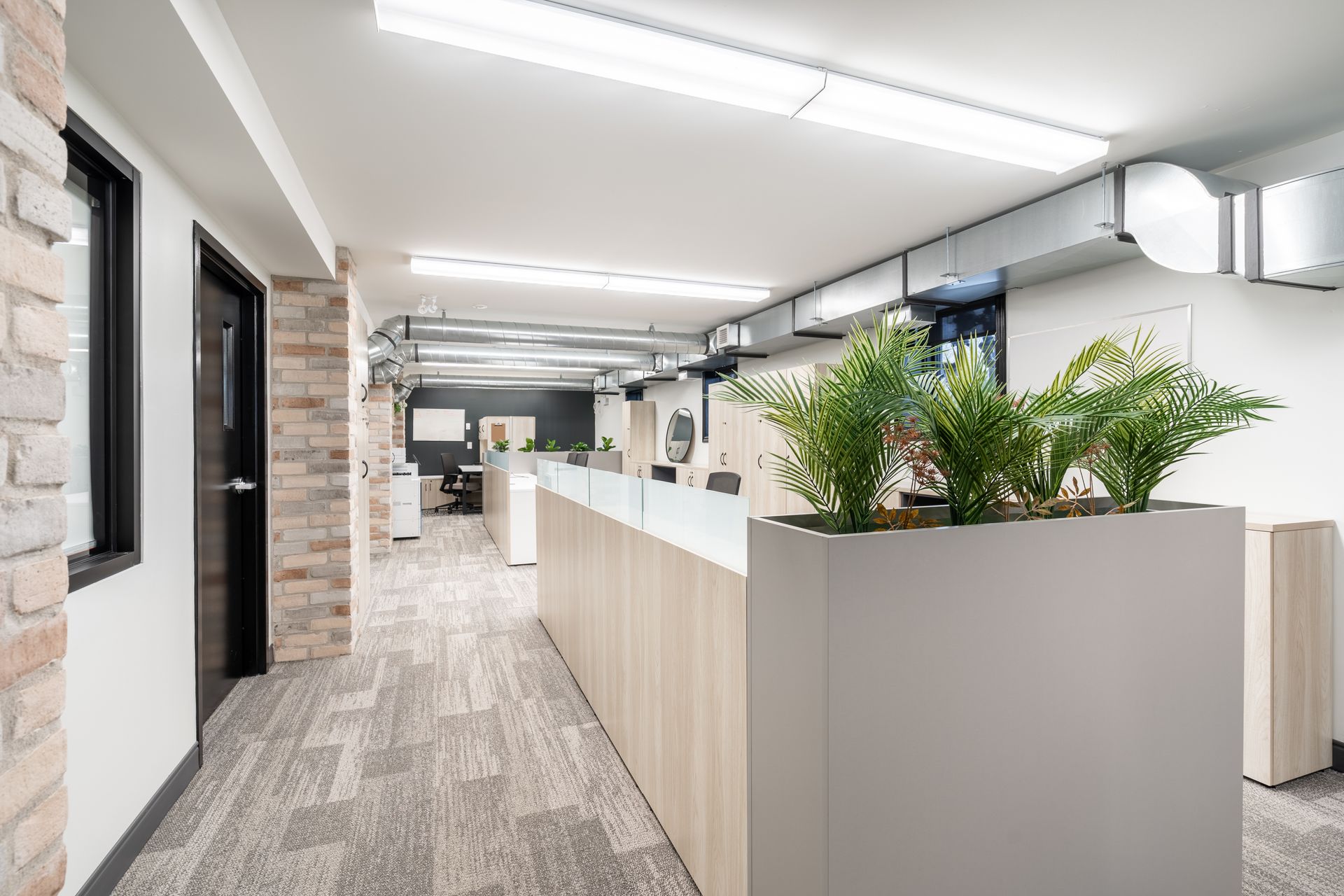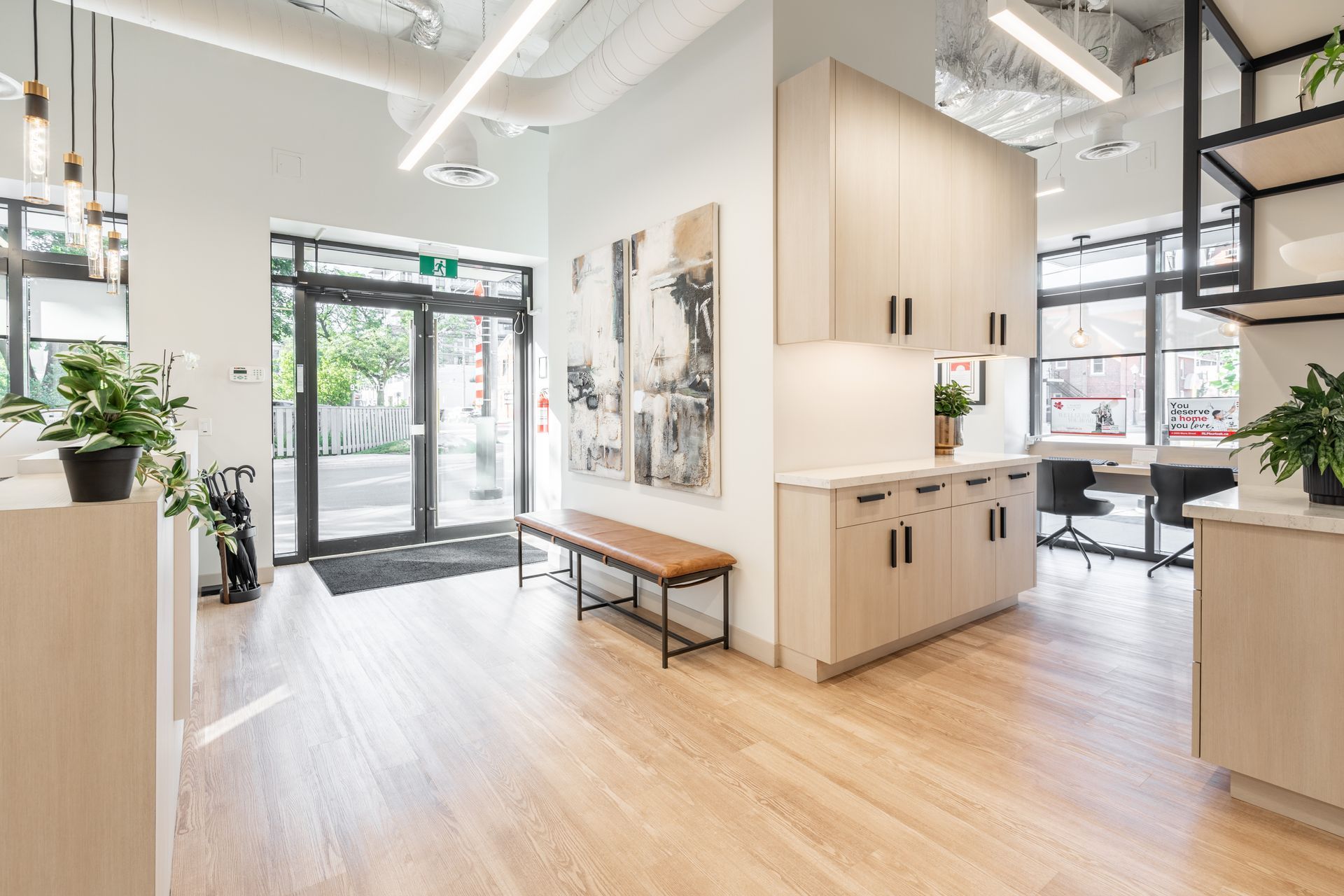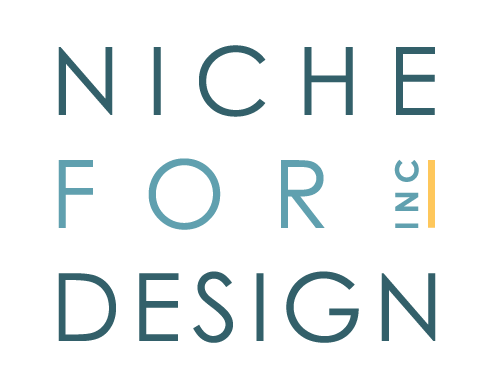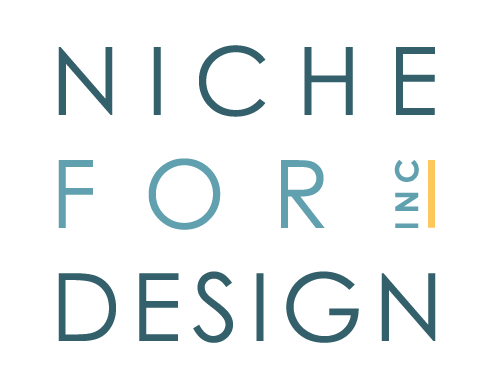Custom Coworking: How Small Teams are Creating Big Impact with Shared Workspaces
Coworking isn’t just for tech startups and freelancers anymore.
Today, small business owners, wellness practitioners, and clinic directors are rethinking the traditional office—and designing flexible, shared workspaces that better reflect how they actually work.
Whether you’re subleasing extra square footage or co-creating a custom office with another aligned business, shared workspaces offer a powerful opportunity to:
- Maximize your space
- Reduce overhead
- Create an environment that supports connection, well-being, and growth
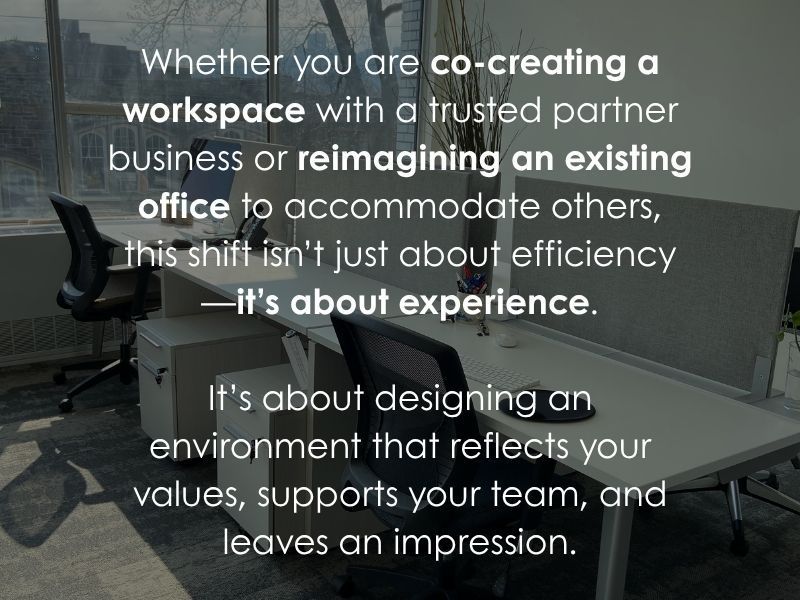
Why Shared Coworking Offices Are on the Rise
1. They Support Hybrid Work Without Wasting Space
Many small teams and private practices now operate with hybrid or staggered schedules. Traditional office footprints often leave rooms half-full. Coworking layouts allow you to downsize smartly while investing in quality, multi-use spaces that people will actually use.
2. They Foster Connection and Community
Whether you run a creative studio, a consulting firm, or a wellness practice, your team thrives when they feel connected. A custom coworking office—with intentional zones for gathering, focus, and decompression (check out more on restorative spaces here) —creates micro-moments of interaction that build culture organically.
3. They Offer Cost-Efficient Growth for Clinics and Service Providers Alike
For many professionals in healthcare, wellness, or personal services, expanding into a new space can feel risky. By sharing an office with another aligned business (like a physiotherapist partnering with a mental health team, or a lawyer sharing space with an accountant), you reduce your overhead while elevating your space—and your client experience.

What Makes a Shared Office Space Work—Whether You’re Clinical or Creative
Design is what makes coworking feel cohesive, not chaotic.
Here are the non-negotiables we include when planning shared offices for small teams or service-based practices:
- Clear Zones
Create flow between quiet work areas, collaborative zones, and shared amenities. In a clinical coworking model, this might mean separating practitioner rooms from client-facing waiting areas and admin hubs.
- Aesthetic Unity (Without Erasing Identity)
Your space should reflect shared values—clean, calming, energized—but still allow room for each business to feel represented. This is especially important when your clients are entering a shared space and need to feel anchored and welcomed.
- Shared Amenities That Feel Intentional
A beautiful kitchenette, wellness room, or common lounge helps clients and staff feel cared for. These “in-between” spaces are often what transform a good office into a great experience.
- Sensory Support
Whether you’re running therapy sessions or strategic team meetings, noise matters. Design-forward coworking should include thoughtful acoustic treatment, lighting controls, and visual cues that support comfort and focus.
Who Is This Model Perfect For?
These shared workspace ideas are being embraced by:
- Boutique marketing or PR firms collaborating with content creators or coaches
- Wellness clinics that combine disciplines under one roof
- Legal, HR, or consulting firms cohabiting with aligned service providers
- Medical practitioners looking to sublease or expand without a full lease commitment
- Founders of successful small businesses who want to share space without sacrificing style
A shared office shouldn’t feel like a compromise.
It should feel like a
strategic advantage.
If you’re sitting on extra square footage—or exploring a move with another business—you don’t have to settle for standard. You can build a space that feels cohesive, energizing, and uniquely yours, even when it’s shared.
We specialize in designing coworking-style offices and shared clinical spaces that support hybrid work, team connection, and beautiful client experiences.
Contact us for a no obligation conversation to explore what is possible with your shared space.

Like this resource? Feel free to share...
